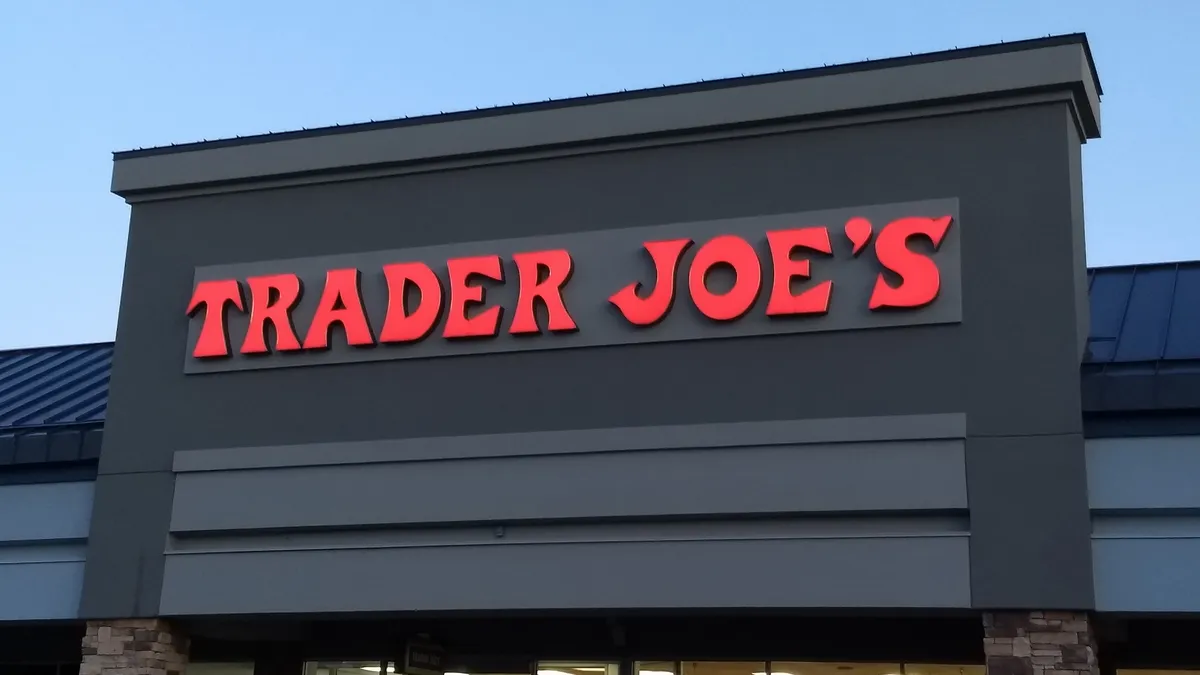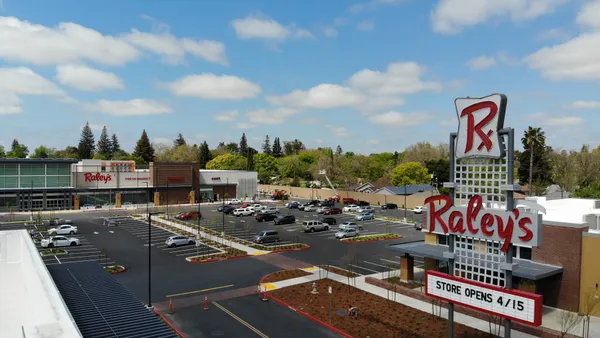Associates at a Trader Joe’s store in New York City have filed plans with the federal government to vote on whether to formally organize as part of Trader Joe’s United, putting the location in line to potentially become the chain’s third location to unionize, the fledgling labor organization announced in a Sunday tweet.
If the workers elect to join Trader Joe’s United, they would follow employees at Trader Joe’s locations in Hadley, Massachusetts, and Minneapolis in becoming part of the union. Workers at the Massachusetts store voted to become the first Trader Joe’s workers to join the group in July, with Minnesota associates following suit in August.
The New York store, which is in the Williamsburg neighborhood of the city’s Brooklyn borough and opened in December, has 185 employees according to the National Labor Relations Board, which will oversee the election. Trader Joe’s United did not say when the vote will take place.
The unionization drive at the New York store comes amid allegations that the store dismissed a union organizer after discovering that workers at the location were looking to organize, according to a report by More Perfect Union.
Trader Joe’s United’s efforts to organize the grocer’s workers have been gaining steam following the newly formed union’s contention earlier this year that the California-based chain has mistreated workers by subjecting them to an unfair performance review process, shaving retirement and vacation benefits, and putting safety at risk.
While efforts by Trader Joe’s workers to join Trader Joe’s United represent notable steps toward shifting the relationship between the grocer and its associates, it could take a year or more for the unionization drive to translate into concrete changes, said Andrew MacDonald, an attorney at Fox Rothschild LLP who specializes in labor and employment issues.
“Any of the leverage that they've gained from forming the union really only matters when they negotiate with the employer to reach a collective bargaining agreement,” MacDonald said. “So there are no automatic changes in employment terms simply when the union is voted in.”
MacDonald added that the workers’ ability to nudge Trader Joe’s to change its practices is limited by the fact that workers at each location that elect to unionize need to form their own bargaining unit and will ultimately have their own contract with the grocer. That means workers at one store could have employment terms that differ from what their counterparts at another location negotiate, he said.
In addition, MacDonald noted that Trader Joe’s workers who are part of a union will no longer have the ability to hammer out employment terms with the grocer on their own.
“It certainly interferes with the relationship between employers and employees who don't want to be represented. The union is the exclusive representative, so there can't be a side deal or a different deal worked out with individual employees,” he said. “So it's a complete loss of dealing directly with your employer, if that's what you want to do. If you don't want to be represented by the union, you don't have a choice.”
Working with a unionized workforce can also impose constraints on store management, MacDonald said.
“It does give stability, but it also can lead to the lack of flexibility to make some changes on the fly that may be necessary or helpful,” he said. “Those are the concerns that the management that the employers would be looking at more than just sitting down to discuss wages and benefits.”













